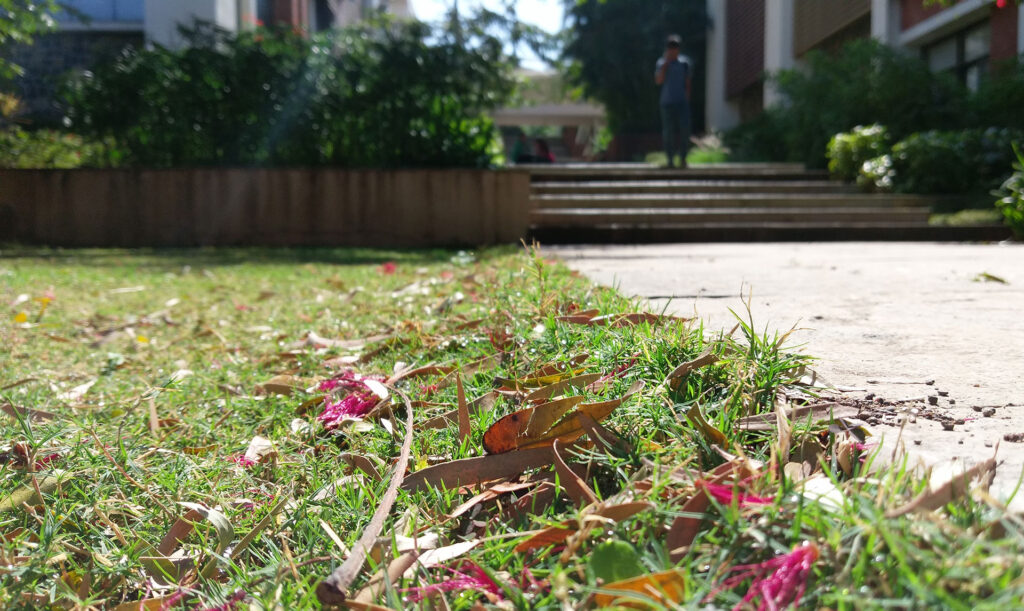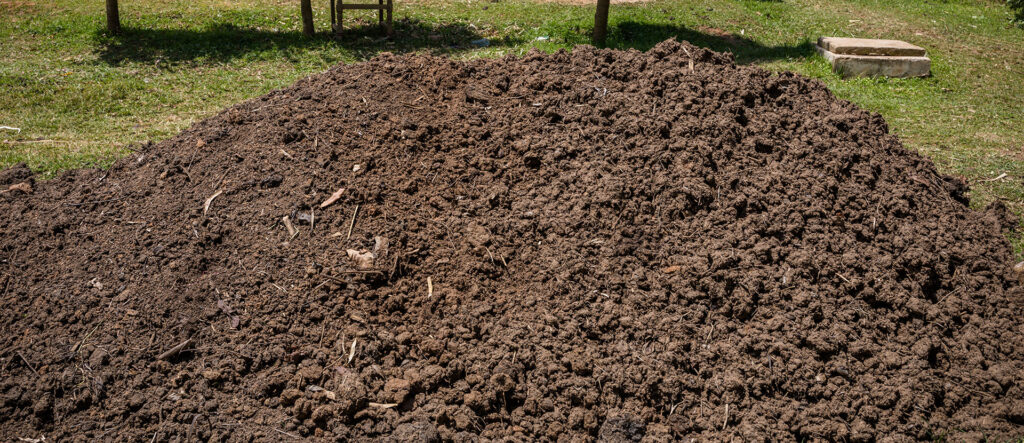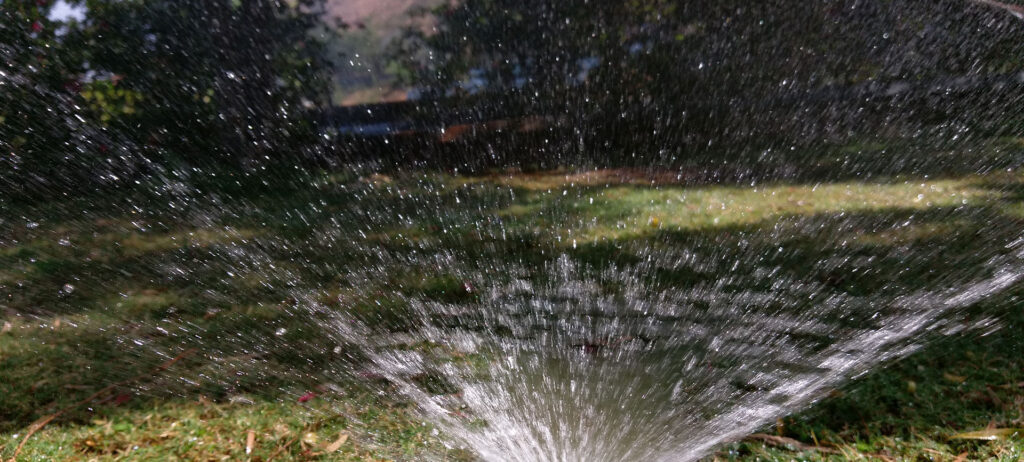As the winter months start to fade away and spring draws near, it’s time to start thinking about preparing your lawn and garden for the upcoming growing season. After a long winter, your lawn and garden will need some TLC to look their best and thrive throughout the spring and summer months. As a landscaping supply company and home decor store in New Jersey, we understand the unique challenges that homeowners face when it comes to maintaining their lawns and gardens. We have years of experience helping homeowners get their outdoor spaces ready for the spring season, and we’re excited to share our expertise with you.
Spring is the ideal time to give your lawn and garden a much-needed refresh. By taking the time to properly prepare your outdoor spaces, you’ll set yourself up for success throughout the growing season. Whether you’re a seasoned gardener or a newbie when it comes to outdoor maintenance, our team is here to help. From choosing the right plants and flowers to ensuring your soil is healthy and your lawn is well-cared for, we’ve got you covered.
In the following sections, we’ll provide you with a step-by-step guide on how to prepare your lawn and garden for the spring season. By following these tips and tricks, you’ll be well on your way to creating a beautiful outdoor space that you can enjoy all season long. So let’s get started!

lawn maintenance
Clearing Debris and Doing Basic Maintenance
The first step in preparing your lawn and garden for the spring season is to clear any debris that may have accumulated over the winter months. Fallen leaves, branches, and other debris can prevent sunlight and nutrients from reaching your plants and can even promote the growth of mold and other harmful organisms. Clearing debris will also help to improve the appearance of your lawn and garden and create a tidy and well-kept outdoor space.
Once the debris has been cleared, it’s important to do some basic maintenance tasks to ensure that your lawn and garden are ready for the growing season. These tasks include:
- Mowing the Lawn: Mowing your lawn is an essential part of lawn maintenance, and it’s important to start early in the spring season. You should aim to mow your lawn once a week, gradually lowering the blade height as the grass grows taller.
- Pruning Shrubs: Pruning your shrubs is an important step in maintaining their shape and promoting healthy growth. It’s best to prune shrubs in the early spring before they start to produce new growth.
- Checking for Damage: Winter weather can be tough on your plants, so it’s important to check for any damage that may have occurred over the winter months. Look for broken branches, split bark, or signs of disease, and take action as needed.
By taking these basic maintenance steps, you’ll be well on your way to creating a healthy and beautiful lawn and garden that will thrive throughout the growing season. In the next section, we’ll discuss soil preparation, which is another important step in preparing your outdoor space for spring.

Soil Preparation
Soil Preparation
Soil preparation is a crucial step in preparing your lawn and garden for the spring season. The quality of your soil will have a direct impact on the health and vitality of your plants, as well as the overall appearance of your outdoor space. Proper soil preparation will help to ensure that your plants have the nutrients and moisture they need to thrive throughout the growing season.
Here are some tips on how to prepare your soil for the spring season:
- Test Your Soil: Before you start adding any amendments to your soil, it’s important to test it to see what it needs. Soil tests will give you information about the pH level, nutrient content, and organic matter in your soil. You can purchase a soil test kit online or have your soil tested professionally.
- Adjust the pH: If your soil test shows that your soil is too acidic or alkaline, you may need to adjust the pH level. Adding lime to acidic soil or sulfur to alkaline soil can help to bring the pH level back into balance.
- Add Organic Matter: Adding organic matter, such as compost or well-rotted manure, can help to improve the structure of your soil and add essential nutrients. Work the organic matter into the soil to a depth of 6-8 inches.
- Add Nutrients: Depending on the results of your soil test, you may need to add additional nutrients to your soil. Nitrogen, phosphorus, and potassium are the three main nutrients that plants need to thrive. You can purchase a balanced fertilizer that contains all three nutrients, or you can add them individually if needed.
By taking the time to properly prepare your soil, you’ll be giving your plants the best possible chance for healthy growth and a beautiful appearance. In the next section, we’ll discuss how to choose the right plants and flowers for your lawn and garden.

choosing plants and flowers for your lawn
Choosing Plants and Flowers
Choosing the right plants and flowers for your lawn and garden is essential to creating a beautiful and thriving outdoor space. When selecting plants and flowers, it’s important to consider factors such as sunlight, soil type, and climate. Here are some tips for choosing the right plants and flowers for your lawn and garden:
- Determine the Sunlight Conditions: Different plants have different sunlight requirements, so it’s important to choose plants that are well-suited to the amount of sunlight your garden receives. Some plants prefer full sun, while others prefer partial shade or full shade.
- Consider the Soil Type: Different plants thrive in different soil types, so it’s important to choose plants that are well-suited to the type of soil in your garden. Some plants prefer well-draining soil, while others prefer soil that is moist and fertile.
- Think about Climate: Different plants are well-suited to different climates, so it’s important to choose plants that are well-adapted to the climate in your area. In New Jersey, for example, the climate is humid and subtropical, which is ideal for many types of plants and flowers.
Popular options for New Jersey homeowners include:
- Tulips: Tulips are a classic spring flower that come in a variety of colors and sizes. They prefer well-drained soil and full sun, making them a great choice for yards in New Jersey.
- Daffodils: Daffodils are another classic spring flower that are well-suited to the New Jersey climate. They prefer well-drained soil and partial shade, making them a great choice for lawns and gardens with some shade.
- Cherry Blossom Trees: Cherry blossom trees are a beautiful addition to any garden and are well-suited to the New Jersey climate. They prefer well-drained soil and full sun, making them a great choice.
By choosing plants and flowers that are well-suited to your garden’s conditions, you’ll be setting yourself up for success and creating a beautiful and thriving outdoor space. In the next section, we’ll discuss lawn care, which is another important aspect of preparing your outdoor space for the spring season.
Lawn Care
A healthy, lush lawn is the centerpiece of any beautiful outdoor space. To get your lawn looking its best for the spring season, it’s important to give it some TLC. Here are some tips on how to care for your lawn:
- Aerate the Lawn: Aerating your lawn helps to loosen compacted soil and improve drainage. This is especially important if your lawn is showing signs of stress, such as brown patches or bare spots.
- Fertilize the Lawn: Fertilizing your lawn provides essential nutrients that help it grow strong and healthy. It’s best to fertilize your lawn in the spring and fall, using a balanced fertilizer that contains nitrogen, phosphorus, and potassium.
- Overseed the Lawn: Over time, your lawn can become thin and patchy, making it more susceptible to weeds and disease. Overseeding involves spreading grass seed over your lawn to promote new growth and help fill in bare spots.
- Deal with Crabgrass: Crabgrass is a common problem in New Jersey lawns, and it can quickly take over if left unchecked. Applying a pre-emergent herbicide in the spring can help to prevent crabgrass from taking hold.
- Prevent Lawn Diseases: New Jersey lawns can be susceptible to a variety of lawn diseases, such as brown patch and dollar spot. Keeping your lawn well-watered and properly fertilized can help to prevent these diseases from taking hold.
By taking care of your lawn and addressing any issues that arise, you’ll be setting yourself up for success and creating a beautiful outdoor space that you can enjoy all season long. In the next section, we’ll discuss watering and irrigation, which is another important aspect of lawn and garden maintenance.

watering your lawn
Watering and Irrigation
Proper watering and irrigation are essential to the health and vitality of your lawn and garden, especially in the spring when plants are starting to grow again. Without enough water, your plants can become stressed and more susceptible to pests and diseases. Here are some tips on how to water effectively:
- Water Early in the Day: It’s best to water your lawn and garden early in the day, before the sun is high in the sky. This helps to prevent evaporation and ensures that your plants have plenty of time to dry out before nightfall.
- Water Deeply and Infrequently: Instead of watering your lawn and garden frequently with small amounts of water, it’s best to water deeply and infrequently. This encourages your plants to develop deep root systems and helps to promote healthy growth.
- Use Soaker Hoses or Drip Irrigation: Soaker hoses and drip irrigation systems are more efficient than traditional sprinklers, as they deliver water directly to the root zone of your plants. This helps to reduce water waste and ensures that your plants are getting the water they need.
- Monitor Soil Moisture: It’s important to monitor the moisture level of your soil to ensure that your plants are getting enough water. You can do this by sticking your finger into the soil or using a moisture meter.
By following these tips and watering your lawn and garden properly, you’ll be promoting healthy growth and ensuring that your plants are well-hydrated throughout the growing season. In the next section, we’ll summarize the main points of this blog post and provide some closing thoughts.
In Summary
Preparing your lawn and garden for the spring season is essential to creating a beautiful and thriving outdoor space. We’ve provided you with a step-by-step guide on how to prepare your lawn and garden for the spring season. We’ve discussed the importance of clearing debris, doing basic maintenance, preparing your soil, choosing the right plants and flowers, taking care of your lawn, and watering and irrigation.
By following these tips and taking the time to properly prepare your outdoor space, you’ll be creating a healthy and beautiful lawn and garden that you can enjoy all season long. At Ryser’s, our landscaping supply company and home decor store in New Jersey, we have everything you need to get your outdoor space looking its best for the spring season. From gardening tools and supplies to plants, flowers, and home decor, we’ve got you covered.
We encourage you to visit our store and speak with our knowledgeable staff to get personalized advice and recommendations for your lawn and garden needs. With our help, you’ll be well on your way to creating the outdoor space of your dreams. Thank you for reading, and happy gardening!





